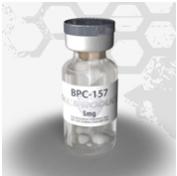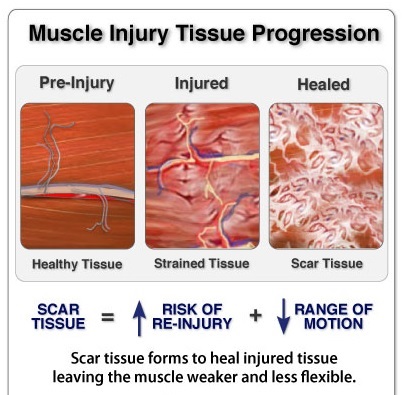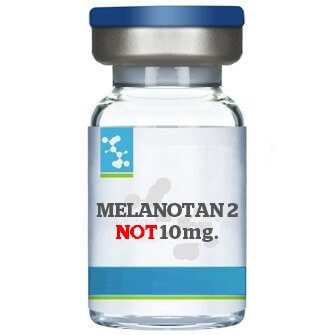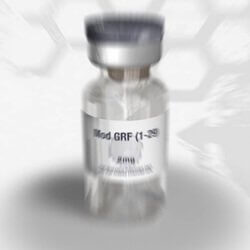New Delivery-Boy in Town
New Delivery-Boy in Town
by , 16th May 2016 at 10:16 AM (9860 Views)
Science Daily recently posted an article about a brand new product that has been developed to deliver other drugs right into your cells. While the article and research is mostly aimed at combating disease and cancer I really think this little mister will benefit the bodybuilding scene as well.
The peptide in question is called a cell-penetrating peptide (CPP) and was developed by Jonathan McMurray and his research team at Kennesaw State University. They took a viral protein fragment (from HIV) and attached it to Calmodulin, a human protein. What they made was a peptide that carries and delivers other drugs into cells. Yes, into. Not like the other carriers that never drop their deliveries. This bad boy couples with the cells does its delivery and then leaves again. Which means none of the drugs go to waste, and you milk every mg of peptide you can from your dose.
It must be said that this peptide is still in research and I have no clue when it will be available for personal research (by that I mean available on the market for private use), but as McMurray said, the possibilities of this peptide are endless. What makes it different from other CPPís is that TAT-CaM (the prototype CPP) lets go of its load as it penetrates the cell, making it faster and a lot more effective than its adversaries. Itís like a delivery boy on steroids! You see the problem with other CPPís are that they tend to hold onto their delivery after entering the cell, which means the cell canít use the drug and that the carriers aimlessly wonder around the cell doing absolutely squat. A big waste if you ask me!
Furthermore, this little prototype can deliver a vast number of molecular cargos to an equally vast number of different cell types, making it diverse in its application. As I mentioned before, the lead researcher himself said the possibilities of this CPP are pretty much endless, so Iím sure it will only be a matter of time before it hits the research peptide market.
There is a full article available on the Journal of Cell Science site that explains all the ins and outs of the research and the findings if you want to open an account with them. I would however suggest waiting a while before starting extensive research as Iím sure the fact that they used a piece of HIV will stir some comments, as do all TAT CPPs. There is also no mention of any adverse side effects as of yet. I can only imagine that if things go wrong with this carrier theyíll go wrong in a very bad way, but maybe Iím just being overly cautious. In any event TAT-CaM is something to keep your eyes on if you are looking for a CPP to deliver your peptide doses. It does carry proteins and it does drop them off in the right place that much, at least, is clear.



 Rate this Article
Rate this Article
 Email Blog Entry
Email Blog Entry









